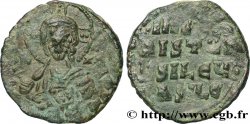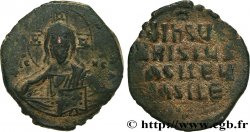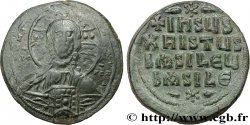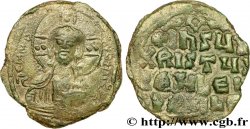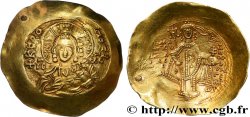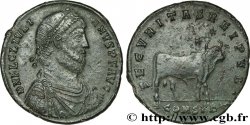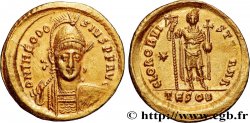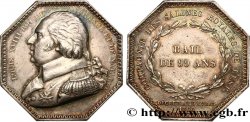Live auction - bby_497641 - BASIL II and CONSTANTINE VIII Tetarteron
You must signin and be an approved bidder to bid, LOGIN TO BID. Accounts are subject to approval and the approval process takes place within 48 hours. Do not wait until the day a sale closes to register. Clicking on "BID" constitutes acceptance of the terms of use of cgb.fr private live auctions.
Bids must be placed in whole Euro amounts only. The sale will start closing at the time stated on the item description; any bids received at the site after the closing time will not be executed. Transmission times may vary and bids could be rejected if you wait until the last second. For further information check the Live auction FAQ
All winning bids are subject to a 18% buyer’s fee.
All winning bids are subject to a 18% buyer’s fee.
| Estimate : | 1 500 € |
| Price : | no bid |
| Maximum bid : | no bid |
| End of the sale : | 31 July 2018 15:45:20 |
Type : Tetarteron
Date: 977-989
Mint name / Town : Constantinople
Metal : gold
Millesimal fineness : 1.000 ‰
Diameter : 21 mm
Orientation dies : 6 h.
Weight : 4,07 g.
Rarity : R2
Coments on the condition:
Exemplaire sur un petit flan irrégulier à l’usure régulière. Beau buste du Christ. Bustes jeunes de Basile II et de Constantin VIII. Patine de collection
Obverse
Obverse legend : + IHS XIS REX REGNANTHIM.
Obverse description : Buste du Christ Antiphonetes debout de face, avec le globe crucigère, vêtu du pallium et du colombium, bénissant de la main droite et tenant les Évangiles de la gauche ; grènetis circulaire.
Obverse translation : (Jésus Christ roi des rois).
Reverse
Reverse legend : + BASIL C COHSTANTI B R’..
Reverse description : Bustes couronnés avec pendilia bouletées de face de Basile II, vêtu du loros et de Constantin VIII vêtu de la chlamyde ; ils tiennent ensemble la croix patriarcale ornée d’un triangle ; grènetis circulaire.
Reverse translation : (Basile et Constantin rois romains).
Commentary
Le nimbe crucigère du Christ est orné de deux globules dans les bras de la croix. Nous sommes bien en présence d’un tetarteron. Ce type semble bien plus rare que ne le laissent supposer les ouvrages généraux.







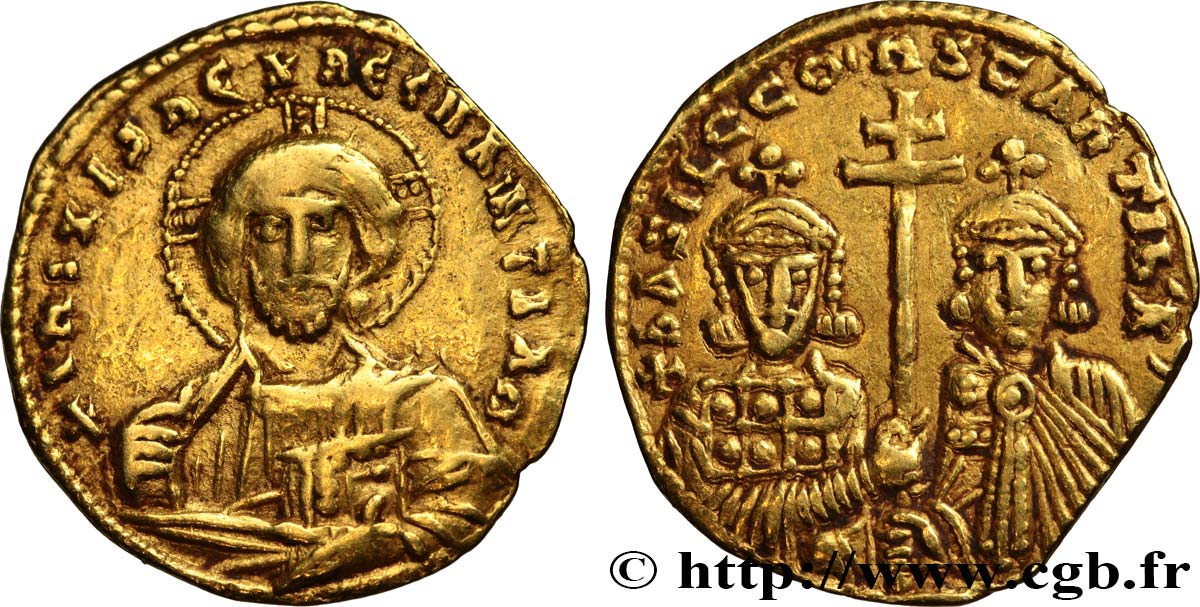
 Report a mistake
Report a mistake Print the page
Print the page Share my selection
Share my selection Ask a question
Ask a question Consign / sell
Consign / sell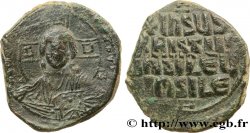
 Full data
Full data
